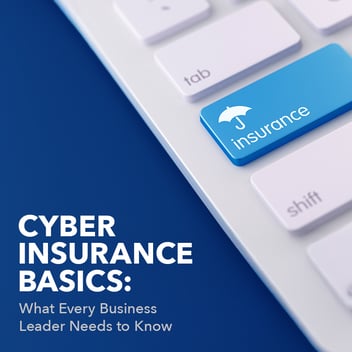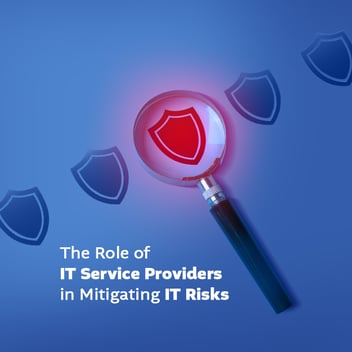Edge Computing Pushes Forward
“Edge computing” is the latest subject of hype in the business and tech community, and for good reason. Edge servers improve critical functions in apps as well as connected devices driven by data, the proverbial “things” in the rising “Internet of Things” (IoT).
The advancement of edge computing should not be seen as a disruption in the true sense, but rather as an evolution of previous technologies. It is also the logical conclusion of giving apps and IoT devices, such as cars and refrigerators, CPU “brains” and the means to share data over the internet.
Simply put, cloud servers meant to run applications or serve as storage for enterprises cannot handle the huge data volumes of IoT devices, nor were they meant to. Edge servers represent the division of labor needed to lighten the load for cloud data centers and distribute tasks efficiently.
In this way, IoT and app functions can be delivered seamlessly and almost instantly, all while still having powerful cloud computing functions to back up their higher-level functions, like using predictive analytics to inform software patch changes.
If you want to learn more about edge computing, including how it works and why it has so many people excited, read on.
Edge Computing and the IoT
To understand how edge computing works, you first have to understand how IoT devices work.
First, recognize that the IoT is already everywhere, and it does not just include somewhat gimmicky technology like connected juicer machines. If you have bought a car with a model year from the past ten years or so, chances are good that it has an internet connection it uses to share data with the car’s manufacturer.
Cars are an excellent example of why the IoT and edge computing are becoming so important, in fact. While a decade ago, most cars simply broadcasted diagnostics codes in small data packets, connected cars now obtain enough data from their sensors to send 25 GB worth every hour. When self-driving cars become a reality, they will send a mind boggling 4,000 GB of data every day.
If every single byte of that data was sent to one cloud network, then the network would quickly get overwhelmed no matter how powerful it is. Manufacturers already recognize this, so inside each car is something called a “gateway.” A gateway is more like a gatekeeper — it controls the volume and type of data the car sends back. So, while a sensor mounted to your axle can measure every single bump and divot, a gateway might only send a summary or a record of the more severe incidents.
How Edge Servers Improve Functionality for Apps and IoT Devices
Think of edge servers as gateways for cloud servers. An autonomous car cannot possibly have all the computing power on board to make every one of the complex decisions on its own, and it also cannot afford to wait around at a red light for instructions from a cloud server that has gotten bogged down in terabytes of data at a time.
Instead, the car can send data to an edge server for primary functions like turning, stopping, accelerating, recognizing hazards, etc. The car can also share data with the cloud that is the absolute most important data for the cloud to use. This data is often processed in such a way as to define key trends that drive major changes in software functionality.
For instance, the cloud may tell the gateway servers that dark red objects may be just as hard to spot as dark grey objects at night, so the edge server will now know to use extra caution when it sees something that could be a dark red car. Cloud servers can also drive predictive analytics, such as predicting that if an autonomous car accelerates a bit faster before a hill, it will use less energy overall.
Similarly, an edge server can be used to control a marketing automation application’s basic functions while a cloud server gathers data on all users to glean insight and drive bigger changes.
In this way, the edge server can share duties with the cloud server, letting the cloud work as the “brain” of the operation while edge servers sit closer to the data source to control the more basic functions.
How Businesses Should Respond to Edge Computing
The level of interest and investment your business should put into edge computing relates to your current needs, especially in terms of how you are already using cloud computing. You may need cloud computing consulting to optimize how your organization uses data and to get the best return on your tech spending, especially as edge computing options emerge.
Regardless of how soon you may need edge computing, every business leader should be aware of it and stay informed in order to avoid being left behind. You can attend free business computing webinars on topics like edge computing in order to beef up your skills and your knowledge.
Stay ahead of the curve, and you never have to worry about big changes passing you by!



